Chhinnamasta Jayanti, falling on Thursday, April 30, 2026, is a deeply spiritual and profound occasion observed in honor of Goddess Chhinnamasta, one of the ten Mahavidyas in Hinduism. This day marks the divine birth of the goddess, whose name translates to 'The Severed Head' — an embodiment of the transformative power of self-sacrifice, transcendence, and liberation. Chhinnamasta, often depicted as a goddess holding her severed head while blood flows from it, represents the fierce, unyielding energy that cuts through ignorance and ego, leading to ultimate self-realization.
Chhinnamasta Jayanti encourages followers to transcend the limitations of the physical world, embrace the power of inner transformation, and walk the path toward ultimate freedom, shedding the ego's control in pursuit of spiritual enlightenment. Through the worship of Goddess Chhinnamasta, devotees are reminded of the delicate balance between destruction and creation, death and rebirth, and the eternal cycle of life. The day calls for deep reverence and understanding, as it marks not only the goddess’s birth but the awakening of profound inner strength and wisdom.3
Festival Date, Time, Muhurat & Tithi
Chhinnamasta Jayanti in 2026 is observed on Thursday, April 30.
Chaturdashi Tithi (14th day) during the Shukla Paksha (waxing phase) of the Vaishakha month in the Hindu calendar.
Key Timings for Chhinnamasta Jayanti 2026:
- Chaturdashi Tithi Begins - 07:51 PM on Apr 29, 2026
- Chaturdashi Tithi Ends - 09:12 PM on Apr 30, 2026
Note: Sunrise and sunset vary by region and date due to India's geographical diversity. For exact timings, please refer to local astronomical data.
Significance & Importance of Chhinnamasta Jayanti
The worship of Goddess Chhinnamasta holds deep spiritual and transformative significance, especially within the context of festivals dedicated to her. These festivals are not just rituals; they are opportunities for individuals to connect with the divine in ways that transcend ordinary experiences. The image of Chhinnamasta herself — a figure often depicted as severing her own head — is both powerful and unsettling, embodying the paradox of divine wisdom. Her act of self-decapitation is an allegory for spiritual awakening. It invites devotees to face their own limitations and attachments head-on, to recognize that true liberation can only be achieved when the ego, the center of individual desires and fears, is set aside.
This act of radical self-surrender signifies the profound idea that in order to rise to higher levels of consciousness, one must be willing to part with the personal self — not through suppression, but through conscious sacrifice. It is in this self-surrender that the devotee is able to merge with the Supreme, shedding the veil of individuality and ego. This symbolic gesture of cutting off the head suggests not only a break from worldly attachments but also a surrender of the limited perception of the self, making space for divine knowledge and insight.
Festivals celebrating Goddess Chhinnamasta often take on an intense, transformative atmosphere. Devotees may engage in practices that promote inner purification and the cultivation of self-discipline, such as fasting, meditation, or rituals of intense devotion. These acts serve as methods of symbolic 'decapitation' — cutting away distractions and worldly desires in order to direct focus toward the divine.
One of the profound messages of the festival is the idea of liberation through surrender. Goddess Chhinnamasta embodies the concept that true freedom arises not from asserting the individual will, but from relinquishing it in devotion. The severing of her head symbolizes the shedding of false identity, an acknowledgment that the ego is ultimately a barrier to divine union. Devotees, through their participation in the festival, are encouraged to 'cut off' their attachment to the ego and its limiting desires, and instead, open themselves to a higher purpose — one that transcends individual concerns and leads to spiritual oneness.
The atmosphere of the festival itself is often intense, marking a space where devotees are invited to look beyond surface-level worship and engage with the deeper, often uncomfortable, aspects of their own nature. It is a time for confronting one’s own limitations and fears — the very qualities that keep a person from spiritual awakening. In many rituals, the offering to Chhinnamasta is not merely physical; it represents the internal offering of one's own ego, desires, and attachments, acknowledging that the divine is the ultimate source of life and liberation.
In this way, the festival also promotes the idea of radical transformation. The spiritual journey of the devotee is seen as one of self-overcoming and transcendence, where the individual is asked to face their deepest fears and emerge renewed. By embodying the symbolism of Chhinnamasta, participants are not just engaging in worship but are actively engaging in a transformative process that leads them closer to the divine.
Story of Chhinnamasta Jayanti
The most widely accepted origin of Goddess Chhinnamasta is found in the Devi Mahatmya and the Tantric traditions, where she is seen as an aspect of Adi Shakti—the supreme feminine power.
According to the legend, during an intense battle between the Devas (celestial beings) and the Asuras (demonic forces), the gods were in grave danger. The demonic forces were overwhelming, and despite their best efforts, the Devas were on the verge of defeat. Observing this crisis, Goddess Parvati, in her fierce and protective aspect, decided to intervene.
She took on a divine and formidable form, manifesting as Chhinnamasta—the self-decapitated one. In an extraordinary display of supreme sacrifice and power, she severed her own head, allowing three powerful streams of blood to emerge from her neck. Two of these streams flowed into the mouths of her attendants, Jaya and Vijaya, who symbolize the twin aspects of Rajas (passion and activity) and Tamas (inertia and darkness), while the third stream entered her own severed mouth, signifying the unbroken cycle of life, death, and rebirth.
This act, though shocking, is not one of self-destruction but rather one of self-transcendence. It represents the absolute renunciation of the ego (Ahamkara), which is considered the greatest obstacle to attaining higher spiritual wisdom. The goddess's self-decapitation signifies the release from material bondage and the realization of the impermanence of the physical form.
The story of Goddess Chhinnamasta is not merely a mythological tale but a profound spiritual lesson. She teaches that true liberation (Moksha) is attained when one overcomes attachment to the material world and embraces the divine truth. Her self-sacrifice is a symbol of the dissolution of the ego and the realization of one's higher self. In this way, she stands as a powerful deity who compels her devotees to confront their fears, break free from illusion, and embrace the ultimate truth of existence.
Legends Surrounding Goddess Chinnamasta
Numerous legends highlight the origins and profound symbolism of Goddess Chinnamasta. Some of the most significant stories are as follows:
The Bathing Ritual and Self-Sacrifice
According to a well-known account, Goddess Parvati was once bathing in the sacred Mandakini River, accompanied by her two attendants, Jaya and Vijaya. Engrossed in her bath, she lost track of time, while her attendants grew increasingly hungry. Despite their repeated pleas, Parvati remained absorbed in her activities.
Realizing her oversight and feeling immense guilt for neglecting her devotees, she performed an extraordinary act of self-sacrifice—she beheaded herself. From her severed neck, three streams of blood gushed forth: two streams nourished her attendants, quenching their hunger, while the third flowed into her own severed head. This divine act symbolized self-sacrifice, the transcendence of the ego, and the eternal flow of life force. From that moment, she became revered as Chinnamasta, the self-decapitated Goddess.
The Manifestation of the Mahavidyas
Another legend connects Chinnamasta to Goddess Sati, the first consort of Lord Shiva and the daughter of King Daksha. When Sati and Shiva were deliberately excluded from a grand yajna (sacrificial ritual) organized by Daksha, she felt deeply humiliated. Against Shiva’s wishes, she insisted on attending, but upon witnessing her father’s disrespect toward her husband, she was overcome with rage.
In her fury, Sati transformed into ten powerful manifestations of divine energy, known as the Mahavidyas, who encircled Lord Shiva from all ten cardinal directions. Chinnamasta, as one of these Mahavidyas, stood at the right of Shiva. Different scriptures position her differently—the Shakta Maha-Bhagavata Purana places her in the east or west, while the Brihaddharma Purana states that she appeared behind Shiva in the west.
Chinnamasta and the Mahavidya Emergence
Another variation of the Mahavidya legend narrates that Goddess Parvati and Lord Shiva were staying at Parvati’s parental home. When Shiva expressed his desire to leave, Parvati manifested the ten Mahavidyas, including Chinnamasta, to block his path, ensuring that he remained.
A similar story associates the Mahavidya emergence with Goddess Kali. In this version, Shiva wished to leave his abode with Kali, but weary of her presence, he decided to depart. However, Kali generated the Mahavidyas to obstruct him from leaving, thus compelling him to stay by her side.
The Battle Against the Demons
In another legend, the gods, suffering under the oppression of powerful demons, invoked Mahashakti, the supreme feminine energy, for assistance. Responding to their plea, the fierce warrior goddess Prachanda Chandika manifested and annihilated the demon forces. However, her battle frenzy did not subside even after the demons were vanquished. To pacify herself, she performed the ultimate act—she severed her own head and drank her own blood, thus neutralizing her uncontrolled wrath.
Chinnamasta and the Churning of the Ocean (Samudra Manthan)
The Samudra Manthan, or the churning of the cosmic ocean, is another event where Chinnamasta plays a significant role. During this divine process, the gods and demons churned the ocean to obtain amrita, the nectar of immortality. According to certain accounts, Chinnamasta consumed the portion of nectar meant for the demons and then beheaded herself, ensuring that the demons would never attain immortality. This act exemplifies her role as the guardian of cosmic balance, preventing evil forces from gaining dominance.
Goddess Chinnamasta remains one of the most enigmatic and profound deities in Hinduism, embodying paradoxes of life and death, nourishment and destruction, self-sacrifice and cosmic balance. Though her worship is not widespread among the masses, she is deeply revered in Tantric traditions, particularly in eastern India and Nepal. Her legends emphasize the transcendence of ego, the necessity of sacrifice, and the cyclical nature of existence. Through her fierce yet benevolent nature, she teaches that true spiritual liberation comes only by severing attachment to the material self and embracing the divine consciousness.
Symbolism of Chhinnamasta’s Iconography
The Act of Self-Decapitation
Cutting off one's own head is a representation of severing attachment to the self, the ego, and worldly desires. It symbolizes the surrender of the individual consciousness to the supreme cosmic energy. This act is an assertion that true realization comes only when one transcends the Ahankara (false sense of self).
The Three Streams of Blood
The three streams represent the three vital life forces:
• Icchā-śakti (Will-power)
• Jñāna-śakti (Knowledge-power)
• Kriyā-śakti (Action-power)
The two attendants, Jaya and Vijaya, consuming the blood, signify the interplay of Rajas and Tamas, which must be balanced for spiritual progress.
The stream that flows into her own mouth represents the eternal cycle of regeneration and self-sustenance.
Standing on a Couple in Union
In many depictions, Chhinnamasta is seen standing on a copulating couple, symbolizing the interplay of creation and destruction. The couple represents Kama (desire) and Shakti (energy), denoting the life force that sustains the universe. Her dominance over them signifies the transcendence of material desires and sensual attachments.
How to celebrate Chhinnamasta Jayanti
Chhinnamasta Jayanti is celebrated with great devotion, especially by Tantric practitioners and followers of Shaktism. On this day, devotees wake up early, take a holy bath, and wear clean or red-colored clothes, which symbolize the Goddess’s fierce energy. They set up an altar with an image or idol of Goddess Chhinnamasta and light incense, lamps, and candles as offerings.
Mantras dedicated to Chhinnamasta, such as the Chhinnamasta Stotra and Chhinnamasta Kavach, are chanted to invoke her divine blessings. Some devotees observe a strict fast, consuming only fruits and milk, while others perform havan (fire rituals) with offerings of sesame seeds, clarified butter, and red flowers.
Special Tantric rituals are conducted by advanced practitioners, as Goddess Chhinnamasta is considered a powerful and fierce deity. Offerings of pomegranates or red hibiscus flowers are made, symbolizing the divine energy and blood flow associated with her iconography.
At temples dedicated to Chhinnamasta, grand celebrations take place with aarti and devotional singing. Some devotees also perform charity by distributing food and clothes to the needy, as an act of self-sacrifice in honor of the Goddess. The festival concludes with prayers for spiritual strength, inner transformation, and liberation from material attachments.
Chhinnamasta Jayanti Puja Vidhi (Puja Procedure)
On the day of Chhinnamasta Jayanti, devotees wake up early and take a holy bath. They clean the puja area and set up an altar with an image or idol of Goddess Chhinnamasta. A red or yellow cloth is placed on the altar, and offerings such as flowers, fruits, incense, and lamps are arranged. It is recommended to observe a fast to maintain purity during the ritual.
Sankalp (Vow and Invocation)
Before beginning the puja, devotees take a vow (sankalp) to perform the worship with sincerity and devotion. They meditate upon the Goddess and invite her presence by chanting her dhyana mantra and other sacred verses. Some also recite the Mahavidya Stotra to honor her as one of the ten Mahavidyas.
Offerings and Worship
The puja begins by lighting a lamp and incense sticks. Devotees offer red hibiscus flowers, vermillion, turmeric, sandalwood paste, and sacred water to the Goddess. Offerings of pomegranates and honey are made, symbolizing the divine energy and sacrifice associated with Chhinnamasta. Rice grains and sweets are also placed before the deity as part of the ritual.
Chanting of Mantras and Stotras
Devotees recite the Chhinnamasta Stotra, Chhinnamasta Kavach, and other hymns dedicated to the Goddess. The powerful Beej Mantra of Chhinnamasta—'Hreem Kleem Hoom'—is chanted 108 times to invoke her divine energy. Some advanced practitioners also perform Tantric rituals under proper guidance.
Havan (Fire Ritual) and Aarti
A havan is performed using clarified butter (ghee), sesame seeds, and sacred herbs. Devotees offer these into the fire while chanting mantras to seek the Goddess’s blessings. After the havan, an aarti is conducted by waving a lit camphor lamp before the deity, accompanied by devotional singing.
Conclusion and Prasad Distribution
The puja concludes with prayers for spiritual growth, courage, and the removal of negative energies. Devotees seek the Goddess’s protection and wisdom. Finally, the offerings (prasad), including fruits and sweets, are distributed among family members and devotees, symbolizing divine grace and blessings.
Chhinnamasta Jayanti Puja Mantra
Chhinnamasta Beej Mantra
॥ ह्रीं क्लीं हूँ हूँ फट् स्वाहा ॥
'Hreem Kleem Hoom Hoom Phat Swaha'
Meaning of the Beej Mantra:
Hreem (ह्रीं):
Represents divine energy and spiritual power.
Kleem (क्लीं):
Symbolizes attraction, transformation, and devotion.
Hoom (हूँ):
Represents the fiery and fierce aspect of the Goddess, removing negativity.
Phat (फट्):
A sound vibration used to destroy obstacles and negative forces.
Swaha (स्वाहा):
An offering or surrender to the divine, invoking blessings.
Chhinnamasta Jayanti Vrat Vidhi (Fasting Procedure)
Preparation for the Fast
Devotees wake up early on Chhinnamasta Jayanti, take a holy bath, and wear clean or red-colored clothes. The fasting (vrat) is observed with dedication and purity. Before beginning, they take a vow (sankalp) to observe the fast with sincerity and devotion. A sacred altar is set up with an image or idol of Goddess Chhinnamasta, decorated with red flowers, incense, and lamps.
Observing the Fast
The fast can be nirjala (without water) or phalahar (fruits and milk only), depending on one's capacity. Devotees spend the day chanting mantras, such as the Chhinnamasta Beej Mantra (Hreem Kleem Hoom Hoom Phat Swaha) and reciting sacred texts like the Chhinnamasta Stotra. Offerings of pomegranates, honey, and red hibiscus flowers are made to the Goddess. Some devotees also perform havan (fire ritual) and listen to the Chhinnamasta Katha (legend of the Goddess).
Breaking the Fast
The fast is concluded in the evening or the next morning after offering prayers and aarti. Devotees seek the blessings of Goddess Chhinnamasta for courage, wisdom, and protection from negative energies. They then break the fast by consuming prasad, usually consisting of fruits, sweets, and light vegetarian food. Acts of charity, such as feeding the poor or donating to temples, are also encouraged as part of the vrat rituals.
Chhinnamasta Jayanti Vrat Katha (Traditional Fasting Story)
In the celestial realms of Kailash, where the divine energies of the cosmos converged, Goddess Parvati, the Supreme Mother of the Universe, once descended to the sacred banks of the Mandakini River. Enveloped in an aura of radiant splendor, she immersed herself in the tranquil waters, reveling in the bliss of her own infinite consciousness. The river shimmered with divine light, and the atmosphere resonated with the gentle hymns of celestial beings. Accompanying her were her two devoted attendants, Jaya and Vijaya, who stood beside her with unwavering devotion.
As time passed, the attendants, bound by their mortal nature, began to feel the pangs of hunger. Though they remained patient, their growing discomfort compelled them to gently remind the Goddess of their need for nourishment. But Parvati, deeply engrossed in divine ecstasy, did not hear their pleas. Moments turned into hours, and their hunger intensified. They again bowed before the Goddess and humbly spoke, 'O Divine Mother, we are your humble servants, and though we seek nothing but to serve you, hunger torments our bodies. Please grant us sustenance.'
At that very moment, a wave of realization swept over the Goddess. Her compassionate heart overflowed with love, and she recognized the urgency of her attendants' need. Without hesitation, she performed an act of unparalleled sacrifice—she seized a divine sword and, in one swift stroke, severed her own head. From her neck, three streams of blood gushed forth like sacred rivers of life. The first two streams flowed directly into the mouths of Jaya and Vijaya, instantly quenching their hunger, while the third was consumed by her own severed head, which floated above, still alive, still glowing with divine radiance.
In that moment, Goddess Chhinnamasta revealed the eternal truth—that creation, preservation, and destruction are bound together in an endless cycle. Her act symbolized the highest form of self-sacrifice, the transcendence of ego, and the dissolution of attachment to the physical self. She was no longer just Parvati; she had transformed into the fierce embodiment of supreme consciousness, the Goddess who nourishes her devotees even at the cost of her own being.
From that day forth, she was venerated as Maa Chhinnamasta, the self-decapitated yet eternally living Goddess, the destroyer of ignorance, and the granter of spiritual liberation. Devotees who observe Chhinnamasta Jayanti Vrat with unwavering faith are believed to receive her divine blessings—removal of obstacles, spiritual awakening, fearlessness, and detachment from material bondage. It is said that fasting on this sacred occasion, reciting her mantras, and listening to this divine story purifies the soul and paves the way for ultimate moksha (liberation).
Thus, the legend of Chhinnamasta is not merely a tale of sacrifice but a profound spiritual revelation—a testament to the cosmic dance of creation and destruction, where the Goddess, in her infinite wisdom, teaches her devotees the path of selflessness, courage, and transcendence.
Puja Utensils, Essentials
Rudra Centre brings an extensive collection of Puja Articles which caters to all that is required for daily and special Puja Vidhis. We offer variants of designs and sizes in each category. The list includes handcrafted Puja Mandirs, Puja Pedestals, offering Bowls, Panchpatra, intricately carved Puja Thalis, Abhishek Vessels, in different materials, Pure Silver/German Silver articles like Kalash, set of Shodash Upachara and Several other Puja Articles, which we deliver at your doorstep. Visit the complete collection :
Chinnamasta Puja and Yagna
Performing the Chinnamsta sadhana and puja helps to keep negative energies at bay. It safeguards from the evil and dark forces and helps to remove obstacles from the life of the yajman. The Chinnamasta puja also helps to attain many Siddhis. This divine puja helps to get rid of past life karmas.
Chinnamasta Puja Benefits
• It helps to appease Goddess Chinnamasta and attain Her blessings
• It opens doors for new opportunities
• It helps to get rid of negative energies
• It safeguards from evil energies
• Helps to attain peace of mind
• It helps to achieve success in all undertakings
• Helps to grow spiritually
• Performing the Chinnamasta puja and chanting the Chinnamasta mantra helps to attain various Siddhis.
• It helps to get rid of past life karmas
• The Chinnam asta puja helps to invite positivityv
• Fills life with bliss
Rudra Centre Puja Services is the oldest and most trusted Online Puja Services provider in the world. Over 20 years we have organized Yagnas, Pujas, Homas and Kathas like Ati Rudra Mahayajna, Sahasra Chandi Homa, Akhand Ramayan Paath, Shiva Maha Puran Katha, 4 Prahar Mahashivratri Mahapuja with teams of 100’s of curated priests for the benefit of mankind and our global clientele.
Conclusion
Chhinnamasta Jayanti is a profound spiritual occasion that embodies the essence of self-sacrifice, transcendence, and divine nourishment. The veneration of Maa Chhinnamasta, the fierce yet compassionate Goddess, serves as a reminder that true spiritual awakening comes from overcoming ego, surrendering attachments, and embracing the impermanence of the material world.
Through fasting, chanting, and sincere devotion, devotees seek her divine blessings for courage, wisdom, and liberation from worldly sufferings. The observance of this sacred day purifies the mind and soul, fostering a deeper connection with the cosmic energies of creation and destruction. As one prays to the Goddess and listens to her legend, they imbibe the invaluable lesson that true power lies in selflessness, and true enlightenment arises from sacrifice and surrender.
Thus, Chhinnamasta Jayanti stands as a revered occasion for spiritual seekers, a day when devotees invoke the Goddess’s strength to overcome obstacles, dissolve negativity, and attain inner transformation. It is a festival that teaches the path of fearlessness, detachment, and ultimate divine realization, guiding the devotee toward moksha—the liberation of the soul.

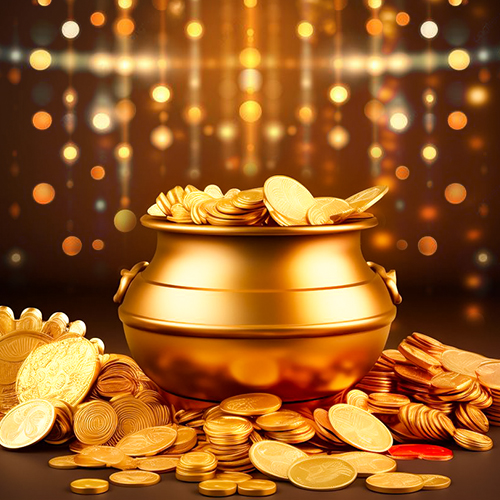
-in-Astrology.jpg)

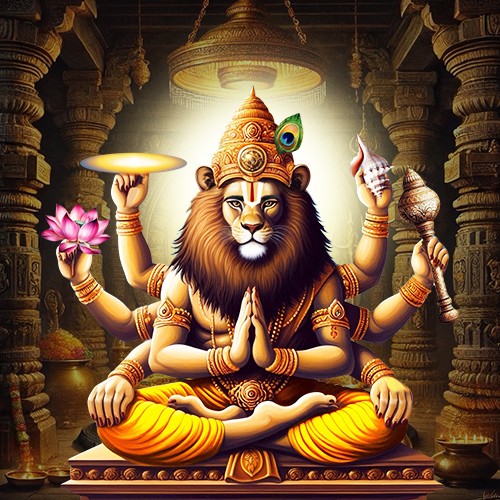
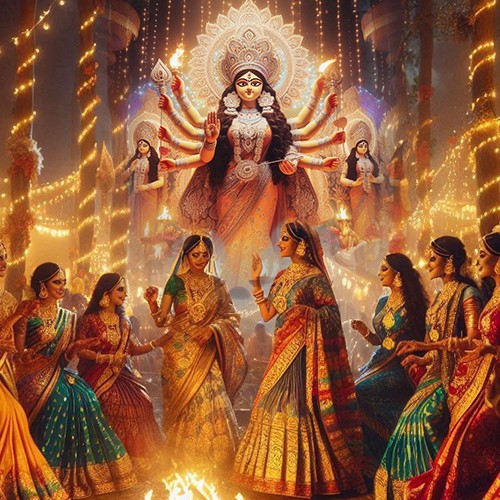
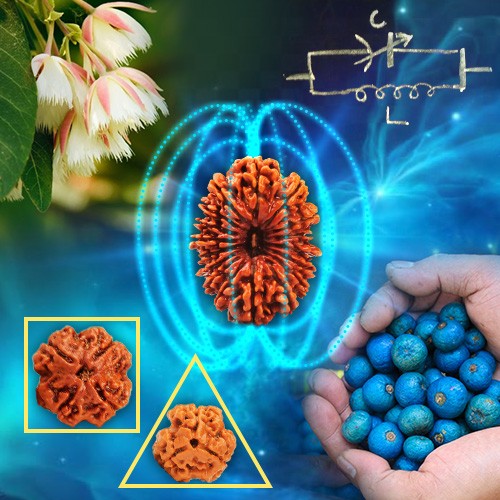

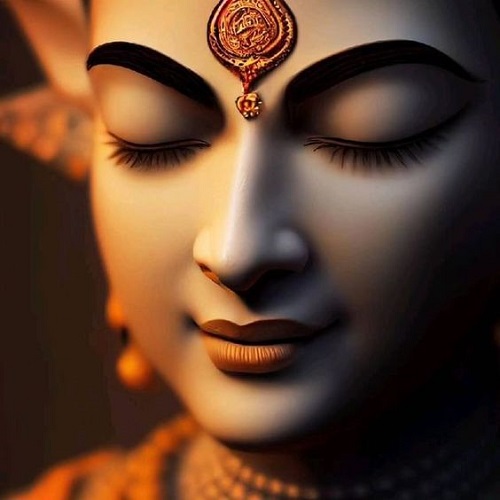
.jpg)
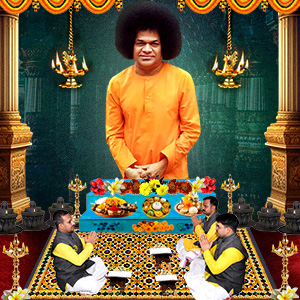
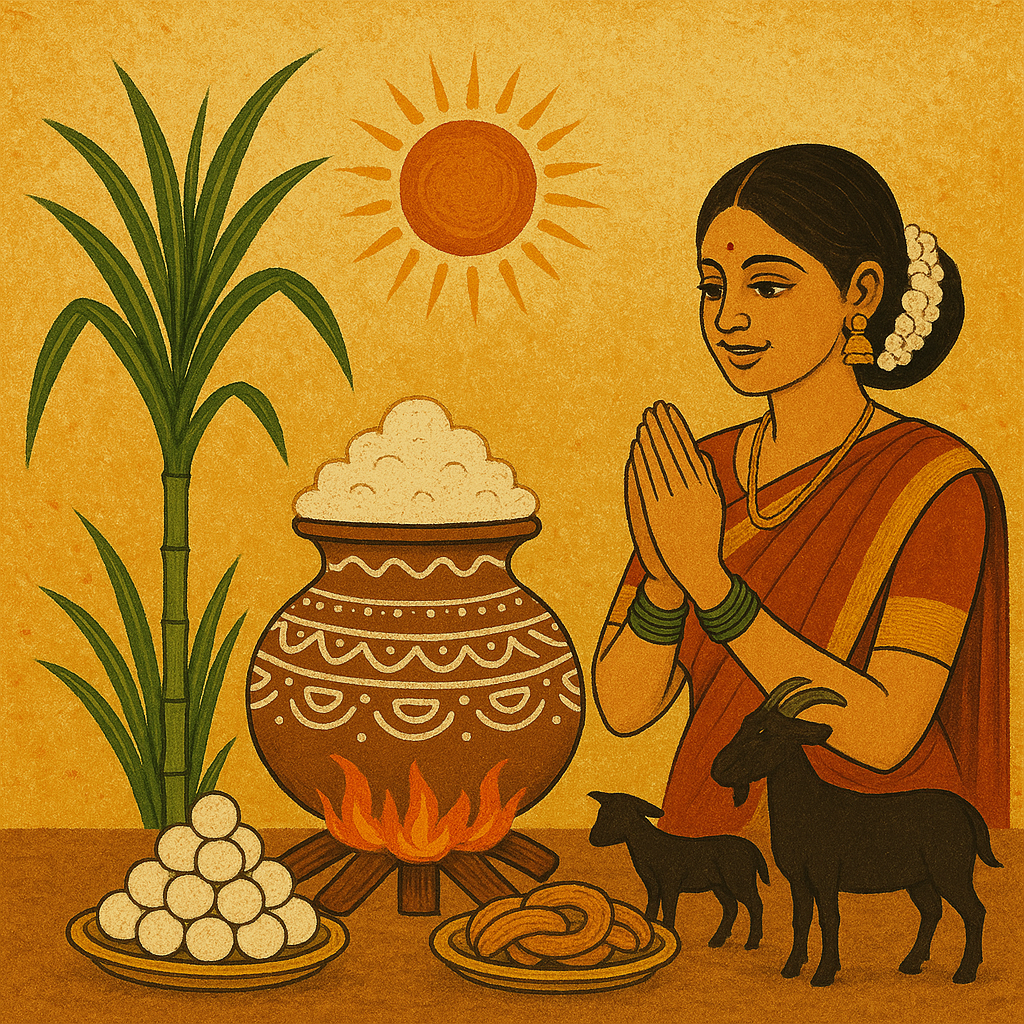
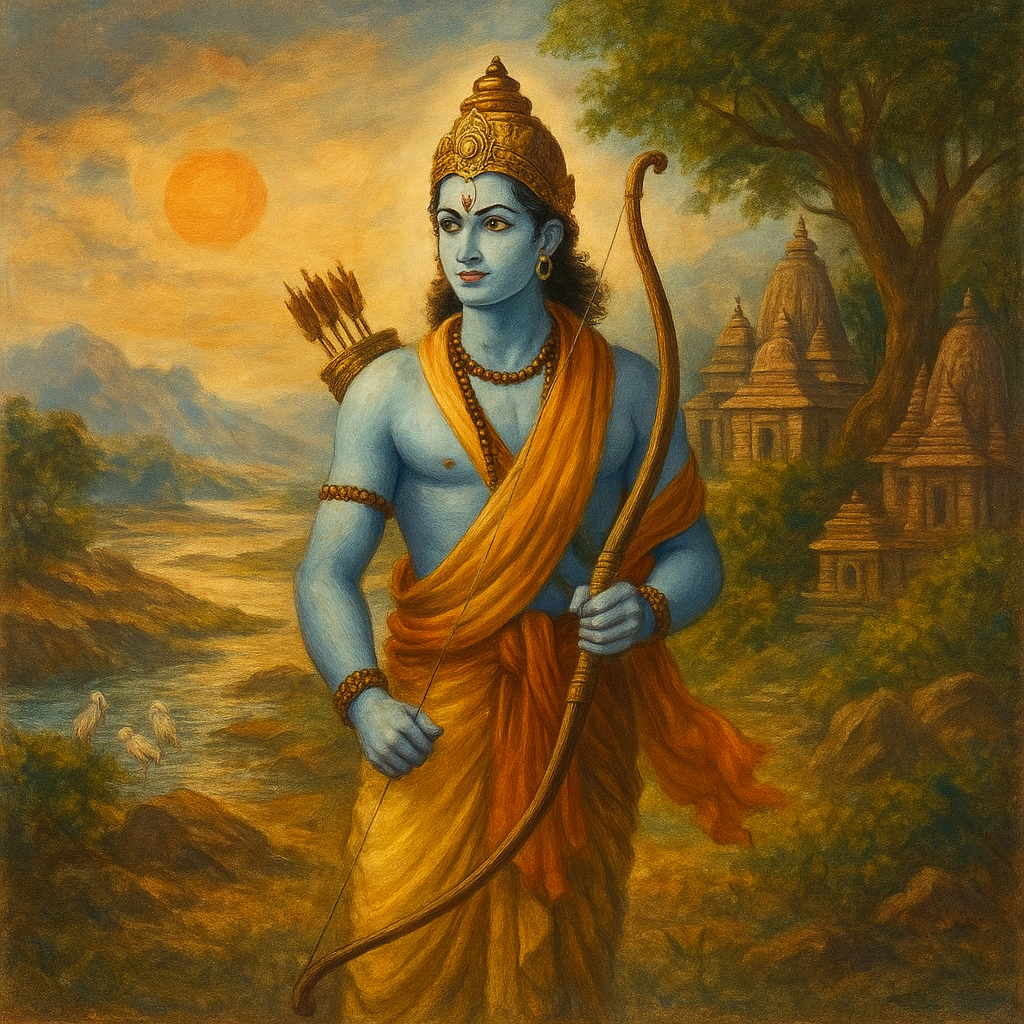
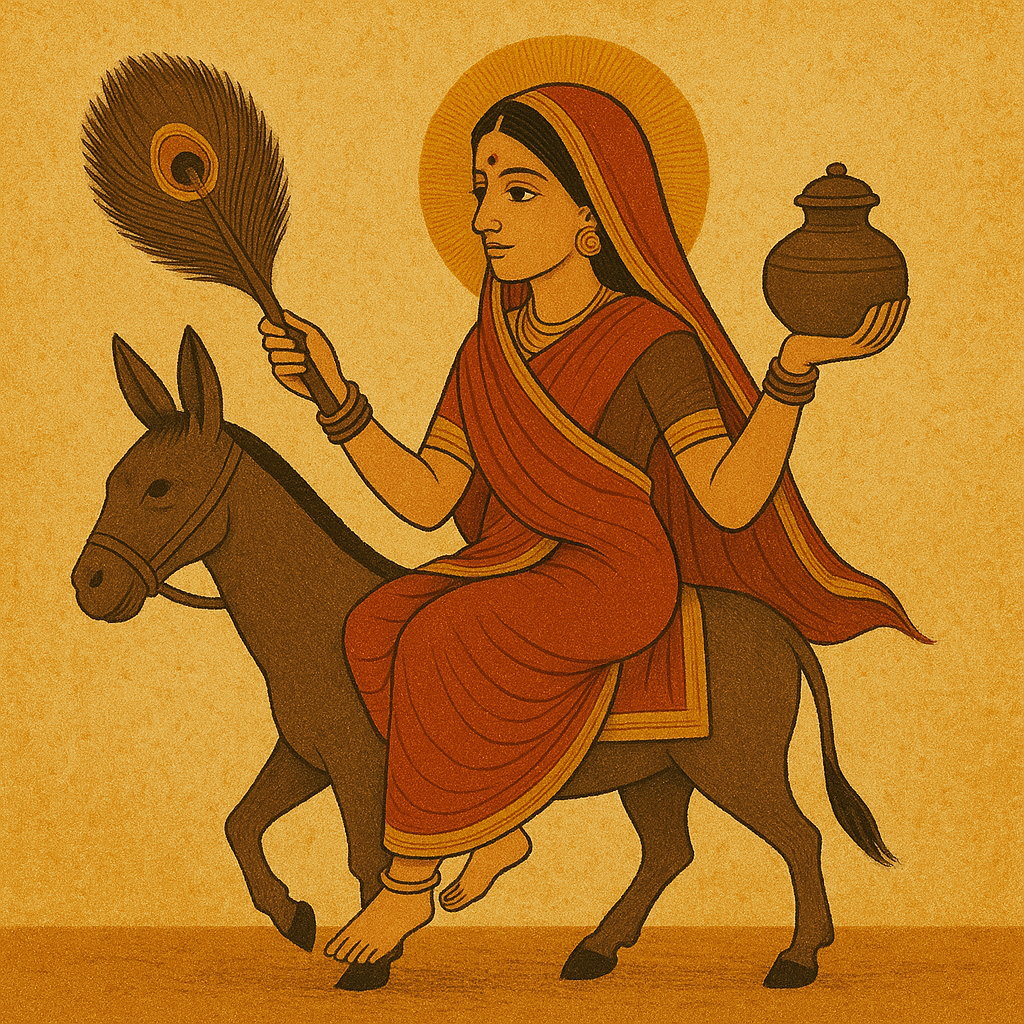
Guness Asha
|March 19, 2024
I'm. a devotee of Mama chinamasta and I want to learn more and serve Mama in my community